Converting HTML to EML files can be useful in a variety of scenarios. For instance, if you need to send an email newsletter or a promotional email that contains complex formatting and styling, converting the HTML file to EML format ensures that all the design elements are preserved when the email is opened by the recipient. By converting HTML to EML, you can also ensure that your email is compatible with various email clients and devices. EML files are widely supported by popular email clients such as Microsoft Outlook, Mozilla Thunderbird, and Apple Mail, allowing you to reach a wider audience without worrying about compatibility issues. Additionally, converting HTML to EML files can make it easier to organize and archive your email communications, as EML files can be easily saved and stored for future reference. Whether you're a marketer, a business owner, or simply someone who wants to convey a message effectively in an email, converting HTML to EML can be a valuable tool in your arsenal.


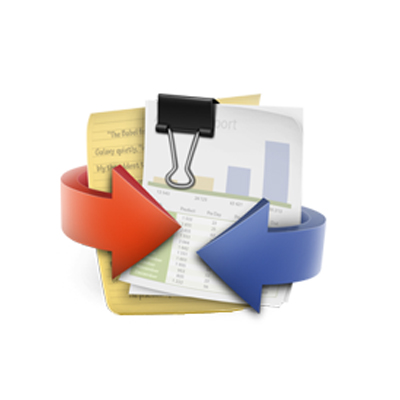

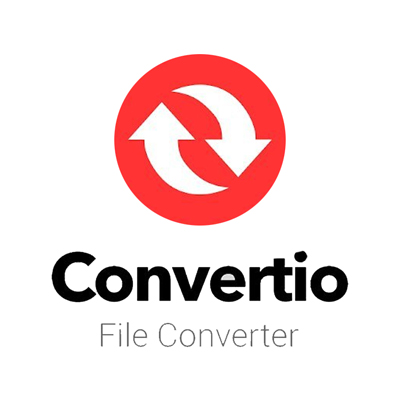

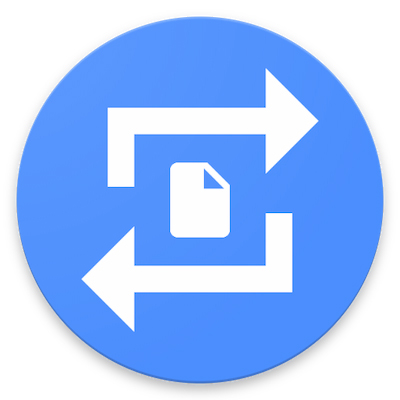




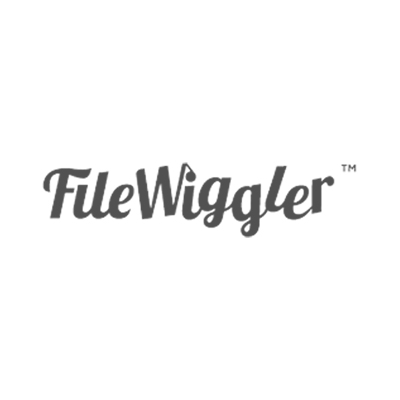
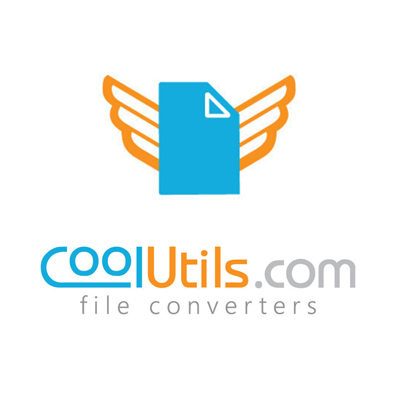
The HTML file is a type of file format used to represent the structure and content of a webpage. HTML stands for Hypertext Markup Language, and it is the standard language used for creating and formatting webpages. HTML files are created using plain text and contain a combination of tags and text that define the structure, layout, and appearance of a webpage. These tags are enclosed in angle brackets (< >) and are used to indicate different elements such as headings, paragraphs, links, images, and more. HTML files can be opened and viewed in any web browser, and they serve as the building blocks for creating websites and web applications. They are crucial in allowing web designers and developers to create visually appealing and interactive webpages.
EML files are a popular file format used for storing and transferring email messages. They are the standard format used by various email clients, such as Microsoft Outlook, Mozilla Thunderbird, and Windows Mail. EML stands for "Electronic Mail," and these files contain all the necessary information of an email, including the message body, sender and recipient details, subject, and attachments. EML files are essentially plain text files and can be opened and viewed with a text editor. However, to fully access and interact with the contents of an EML file, it is recommended to use an email client or a specialized EML viewer. In addition to viewing, EML files can also be converted to other formats, such as PST or PDF, for easier archiving and sharing purposes.